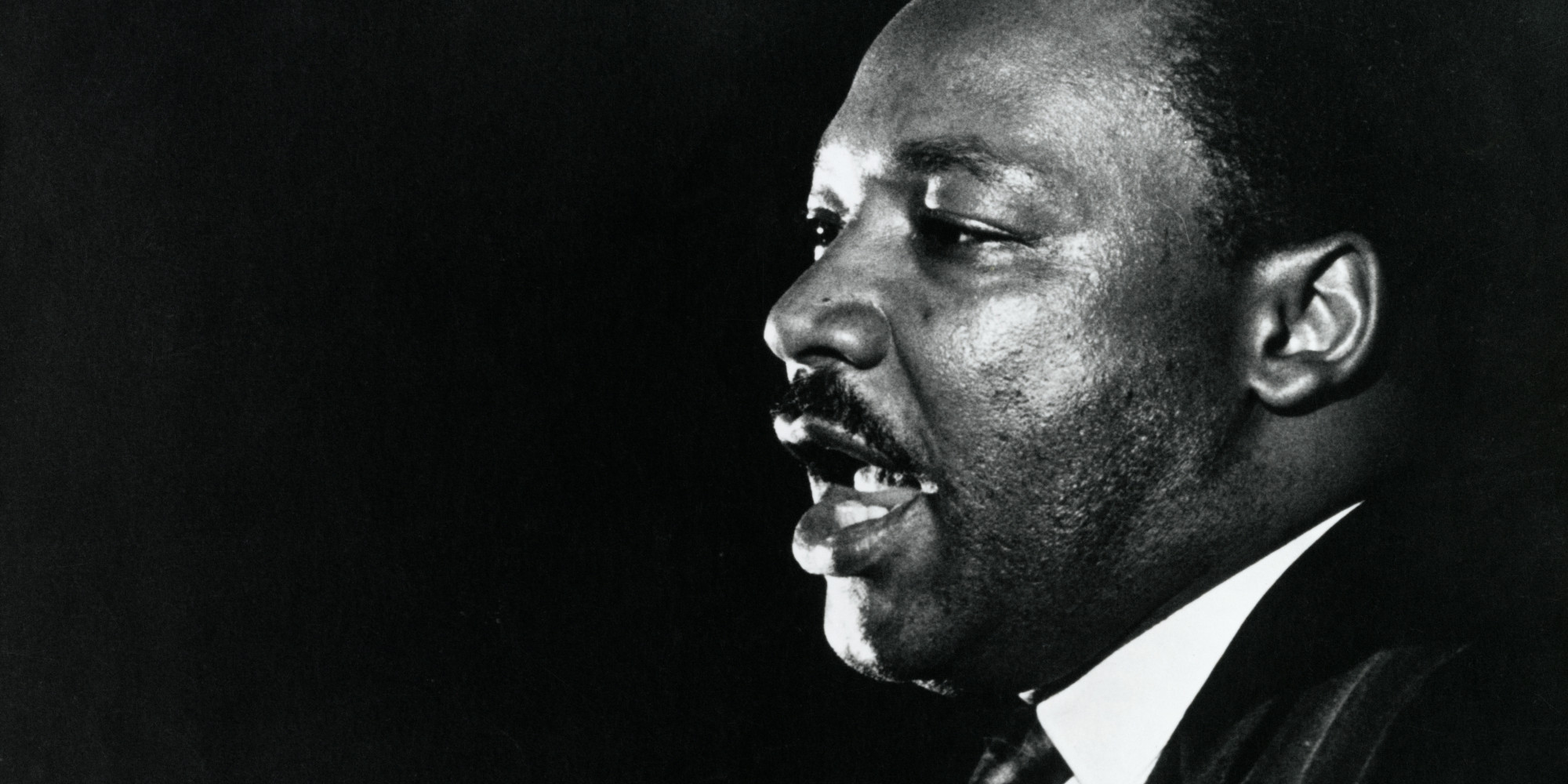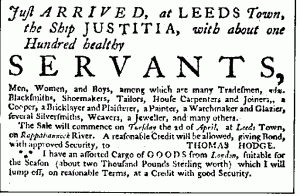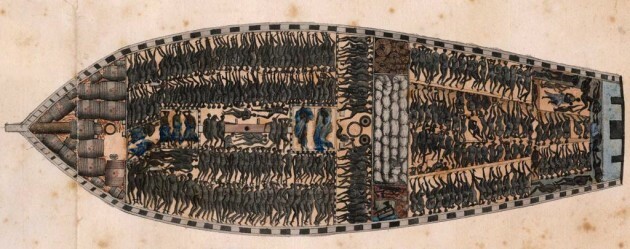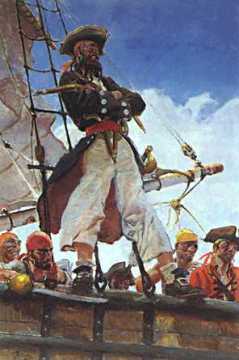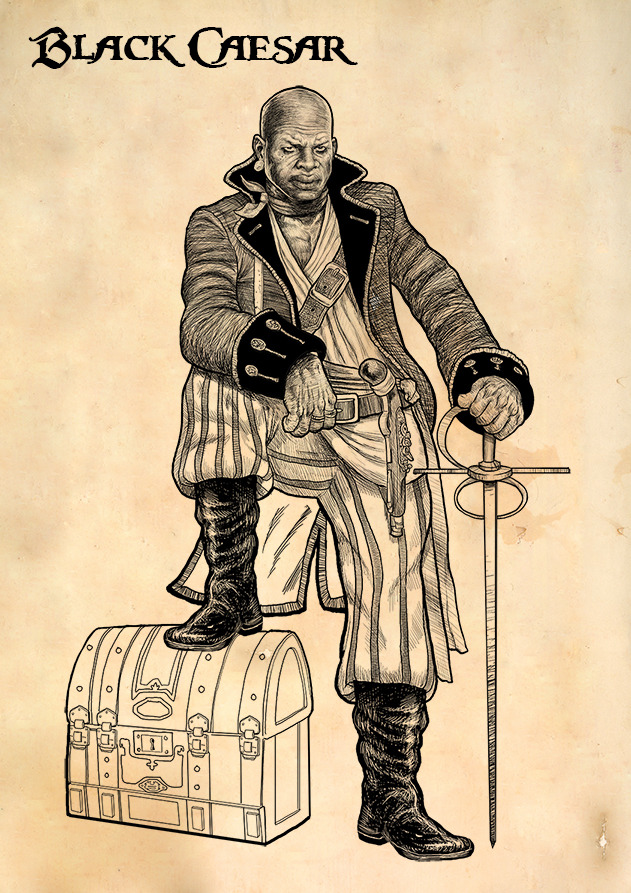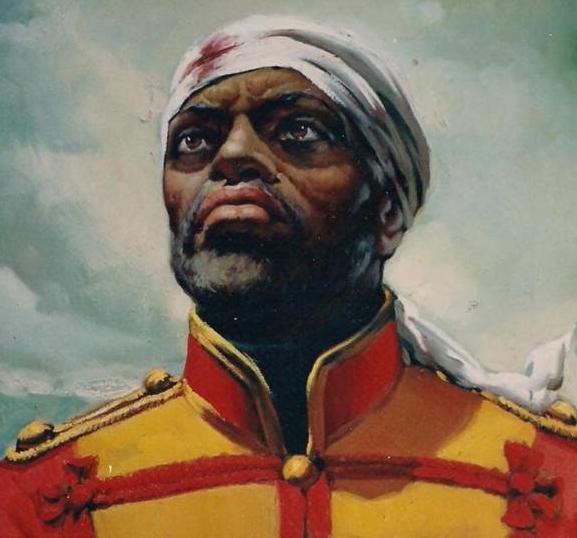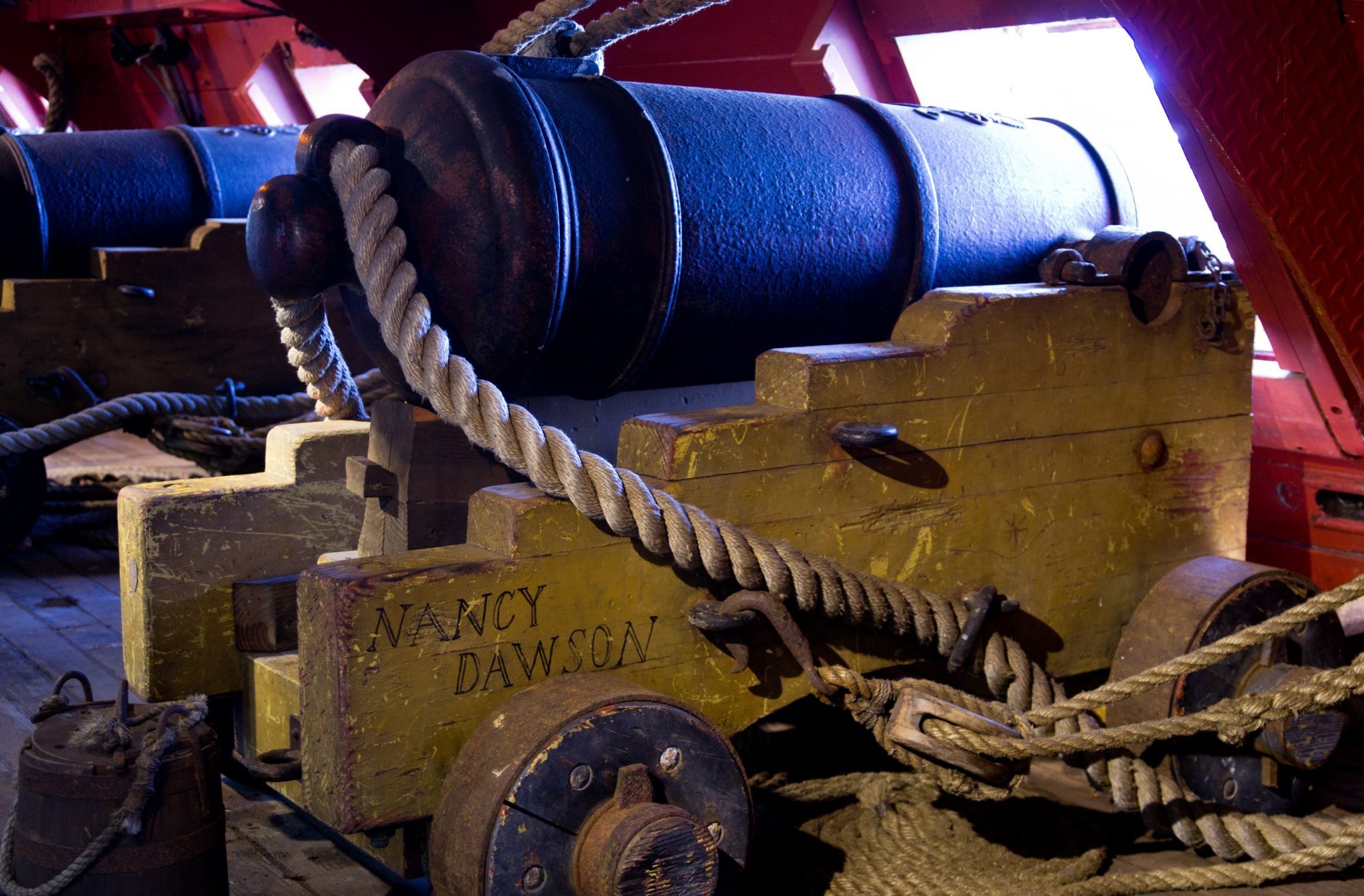Well, it’s January again,
and for the third time, we’re welcoming the opening shots of Starz’ bloody,
violent, sexy pirate series, Black Sails!
Last season’s overriding
theme was that the world the pirates left behind – the world of “law and order”
– is not such a nice place. 18th century society was based on
position drawn from birth, cash on hand, and complete intolerance of anything
the least bit out of the ordinary. (The crowning injustice being the
incarceration of one of the characters for the crime of being gay, and the
ruination of the character’s family and associates. Actual historical practice
would have hanged all participants in the gay sex, so the series’ Death-by-Incarceration-in-a-Brutal-Mental-Institution
was actually quite merciful.)
At the end of Season 2,
the pirates also realized, to quote the famous pirate associate Benjamin
Franklin, “We must all hang together or we will hang separately.” No matter how
much the Nassau pirates dislike each other, they must overcome their differences
if they are to survive.

Season 3 opens with the
problem of repairing Fort Nassau, the repository of the massive haul of gold
won from the Spanish ship Urca. With plenty of cash and plenty of booze and
women, the working-class pirates just aren’t interested in the hard drudgery of
repairing their fortifications.
So, while the mad pirate
Flint (the fictional Flint, from Robert Lewis Stevenson’s Treasure Island) sails up and down the east coast of what will
someday be the US, murdering any magistrate who dares to hang a pirate, Jack
Rackham and Charles Vane (based on real-life pirates of the same names from the
Golden Age) try to scare up some labor to repair the fort.
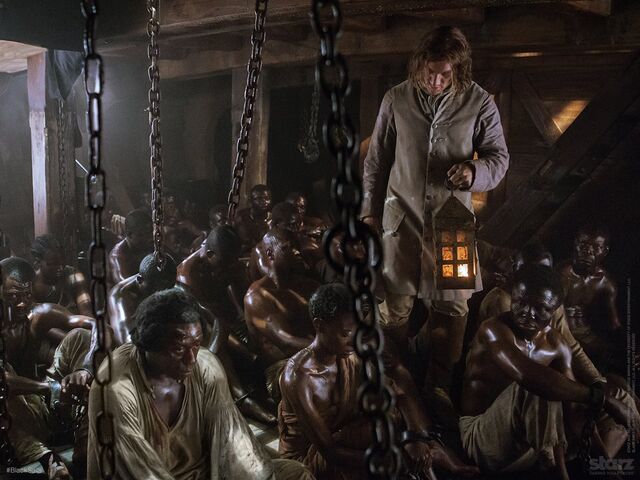
The easy answer is to
employ slaves. But they run into a problem or morals. These pirates are
fighting for freedom. Is it moral for them to use slaves (captured as cargo on
the high seas) to further their own ends? This is when the series is at its
best, when the real life personalities and the problems of real pirates come to
the fore.
From a historical
perspective, there’s a lot wrong with the show. The costumes are far more
fantasy than reality (thought the actors look good in them) and the blatant
inclusion of fictional characters in an otherwise real world leaves us with
some problematic plot twists.
 |
| F***ing sunglasses |
Still, it was possibly a
great idea to pitch the show as “All the pirates from Treasure Island are real,
and they meet the pirates from history.” The thing is that the real pirates
make far more believable characters.
My favorite out of the
whole bunch is Charles Vane. I’m not real fond of the historic Vane – he had
far too much fun torturing his captives. But the Vane of Black Sails is a
different animal – brutal, and sold initially as a cigar smoking, leather pants
wearing bad boy, Vane has been revealed as a deep and nuanced character,
hopelessly in love with the wrong woman and haunted by his past.
A wide swath of the real
pirating world is here – Ben Hornigold, Edward Lowe, Jack Rackham, and Anne
Bonny. This year we’ve also been promised Blackbeard. So far, the part, played
by Ray Stevenson with quiet, cultivated control, understated menace and
offstage megaviolence. I’m looking for great things from this character, and
not in the least because the writers already have a couple of thing right, including
that the real Blackbeard was buddies with the real Vane.

Also appearing this
season is Woods Rogers, the man who ultimately broke the power of the pirates
in Nassau. This incarnation of Rogers (played by Luke Roberts) shows us a
golden boy, not quite the same man who historically fumbled his way through
life, one step ahead of a series of disasters that might have never started for
a luckier or more careful man.

The historic Rogers
passed out bibles and religious pamphlets to the pirates of Nassau, who signed
the papers to accept the Royal pardons mostly because pirate leader Ben
Hornigold told them it was a good idea, and everyone who might have disagreed
with Hornigold was too drunk to argue. (Pirates + rum = poor decision making.)
This is the year when we
find out if Black Sails will make a serious break from history. With the
addition of Stevenson’s fictional characters, anything COULD happen, and I’m hoping
that in this version of history, the Nassau bunch maintain their pirate
stronghold.

If you can’t get Starz on
your TV subscription, the Starz website lets you stream all the episodes for
free, starting right back in Season 1, and continuing through the latest
release. I will warn you, it’s an intense show, with a lot of gratuitous nudity,
blood, and violence – especially against women. But if you’re up for it, the
men are handsome (and sometimes naked) the women are beautiful (and often naked)
and the production values are first rate.
Try it out and see if you
like it.
Or, if you want slightly
less megaviolent stories, still based on the real-life pirates of Nassau, try
my pirate series The Pirate Empire. It stars a hard-drinking female pirate
captain who fights, robs and loves her way through the Caribbean, meeting many
of the historic pirates along the way. The Pirate Empire’s three books – Gentlemen and Fortune, Bloody Seas and Storm Season – are available in
paperback or as a Kindle download for your instant reading pleasure. Take home
a pirate today!

And join me in watching Black Sails Saturday nights on Starz.
